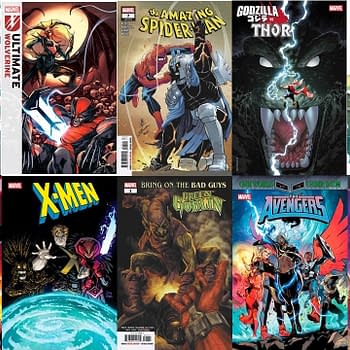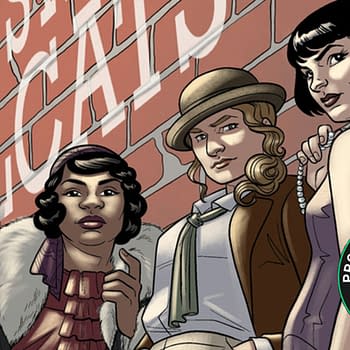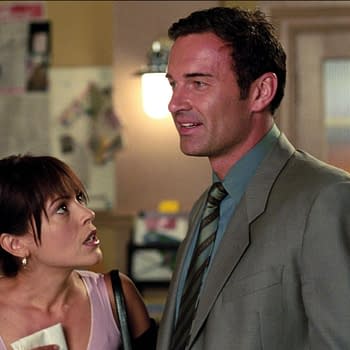Posted in: Recent Updates | Tagged:
Reading With Pictures by Greg Baldino

For Elder, the group's mission goes back to a pivotal experience when he was four years old. "My mother made a point of reading to me every night before bed," he says. "One night I got to pick the reading material: Issue number four of Transformers." When his mother had to stop reading midway due to laryngitis, Elder refused to leave his hero, Opitimus Prime, in peril. Over the course of the week, he used the comic to teach himself how to read. "The images allowed me to follow along with the narrative, and they provided the necessary visual context to reverse-engineer the words I didn't know."

Both schools and libraries are major areas for Reading With Pictures. "Librarians are pretty much all for us at this point," says Elder, whose own serial Mail Order Ninja has been collected in three volumes by Tokyopop. "Teachers have been and will continue to be a much harder sell because they have a lot more at stake."
To the end of aiding both libraries and schools, RWP is working to create both a database of research articles and study guides, as well as a directory of comic creators available for speaking engagements. "Schools and libraries are always searching for guest cartoonists," says Elder, who cites Larry Gonick as the premier education graphic novelist, "they just don't know where to find them." On the article database, users will have access to a range of material including downloadable study guides and lesson plans, as well as academic papers and theses. Ideally these will not only be used as prompts for educating with comics, but also discussing their use as well.
"That's really why RWP was founded: to provide research that that justifies the use of comics in the classroom, create a series of practices for teachers to use them, and help publishers produce the best possible material for the scholastic market."
The idea of using comics as a learning tool isn't a new one; the legendary EC Comics was originally called 'Educational Comics' when founded to publish comics about science, history, and the Bible. With greater acceptance of graphic novels and comics as part of the cultural conversation, more and more schools and libraries are starting to look at comics not as contraband but as a means to connect students with subjects. It was Harvey Pekar who said "Comics are just words and pictures…" Josh Elder adds "You can teach anything with words and pictures."
Greg Baldino lives and writes in Chicago, where he watches over the local comics scene like a posthuman autocrat. His fiction and journalism has appeared in many publications internationally. He can be contacted at greg.baldino@gmail.com.












